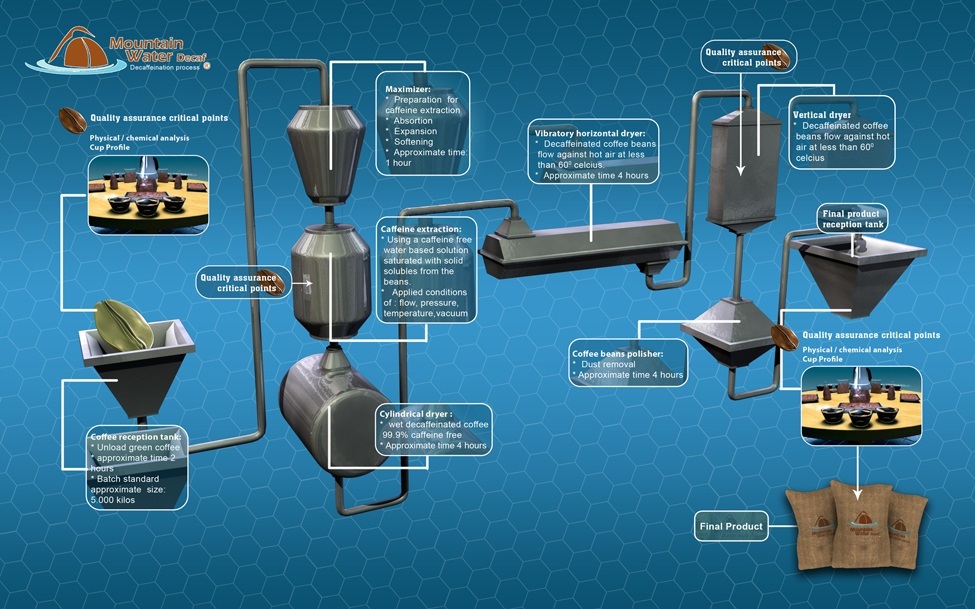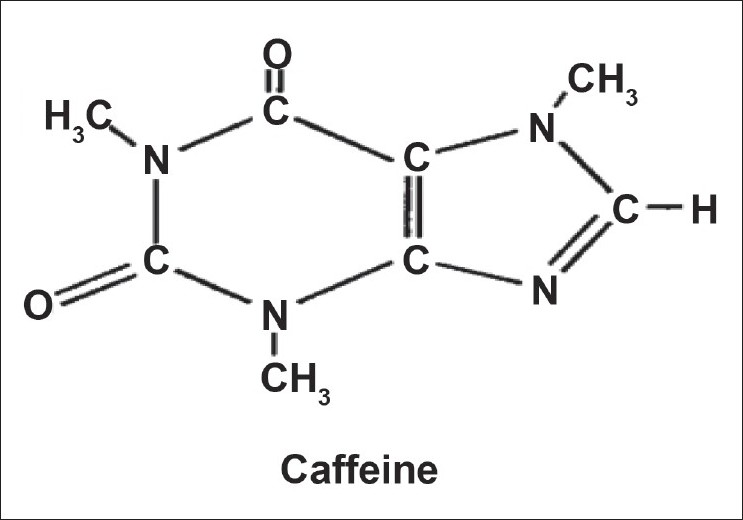The Facts About Decaf Coffee
- 28 Mar 2017
There are many contentious topics in the coffee industry, but none more so than the topic of decaffeinated coffee. There are debates about decaf coffee ranging from health benefits to flavour loss to discussions on whether it’s even “real” coffee! In fact, it’s frequently dub
bed the “what’s-the-point” coffee among coffee snobs and baristas.
However, it is a global industry worth $2 billion, which lends it some pretty concrete territory in the marketplace. It’s a simple case of not everyone can drink caffeine, but they still want to enjoy a tasty cup of coffee, so let’s take a deeper look into what decaf coffee is and how it’s made.
A BRIEF HISTORY OF DECAF COFFEE
The first successful decaffeination process was patented in 1906 by Ludwig Roselius and his colleagues. He began experimenting with chemical solvents to remove caffeine from coffee beans after accidentally soaking a freight of coffee beans in sea water and discovered much of the caffeine was removed while the taste remained. His commercial method for decaffeination involved steaming coffee beans with various acids or bases, then using benzene as a solvent to remove the caffeine.

Other solvent processes have taken over since discovering the use of benzene, a now known human carcinogen, was linked to increased risk of cancers and a variety of bone marrow abnormalities. The most prevalent solvents used include dichloromethane and ethyl acetate. The chemical process has historically been primarily responsible for decaf coffee’s reputation for being bad for your health and for your tastebuds.
Overtime, people have tried to discover more natural ways of removing caffeine from coffee and avoid the use of solvents, which often degrade the taste of the coffee as well. Through this endeavour, a water and osmosis based process was developed in Switzerland in 1933, then commercialised by Coffex S.A. in 1980. Named after its original place of development, the Swiss Water Method was introduced in 1988 by the Swiss Water Decaffeination Coffee Company, Canada.
HOW IS CAFFEINE REMOVED FROM COFFEE?
SWISS WATER PROCESS & MOUNTAIN WATER PROCESS
The decaf coffee game has really changed over the past few years and coffee science (yeah, that’s a thing) has progressed to using other methods of decaffeinating. The water process, particularly has gained a lot of momentum, with the two most popular methods for decaffeination being the Swiss Water Process (so called because it is a trademark of a company- not because it is made with Swiss water especially) and the Mountain Water Process (also trademarked).
Here at Crema Coffee Garage, we use the “Mountain Water Process” to decaffeinate our Casata Decaf coffee, made with organic Ethiopian beans. The result is a great tasting decaf coffee that our customers absolutely love.
The water process uses a liquid called Green Coffee Extract, or GCE, that is created by:
-Removing the caffeine from a batch of green beans, and then discarding those beans.
-The GCE is then passed through specialized charcoal carbon filters, shaped to only filter caffeine molecules out.
-This is then reintroduced to a batch of green beans. The GCE helps to maintain the flavour of the coffee throughout the decaffeination process.
-This batch of beans is then subjected to the same process. The GCE used is saturated with oil and flavour (but no caffeine), which means that the decaf coffee will maintain a richness of taste.

Today, the Swiss Water Processing plant resides in Canada, The Mountain Water Process is located in Mexico.
NATURAL DECAF COFFEE BEANS
Currently, there are no commercial varietal or cultivar coffee plants that produce naturally caffeine-free coffee beans. However, scientists from the University of Campinas, Brazil – Paulo Mazzafera and Bernadete Silvarolla – discovered a naturally caffeine-free coffea arabica plant in 2003, during a project in which they bred over 3000 Ethiopian coffee plants.
Researchers are still working on cross-breeding programmes to create a commercially viable variation. The current plant grows 30% slower than standard arabica plants and researchers are hoping the cross-breeding programme will produce a low caffeine or caffeine free plant that is fast-growing with a commercial yield.
If the researchers can be successful in their endeavour, it will really shake up the decaf coffee market!

For more information about our Casata Decaf coffee, click here.



